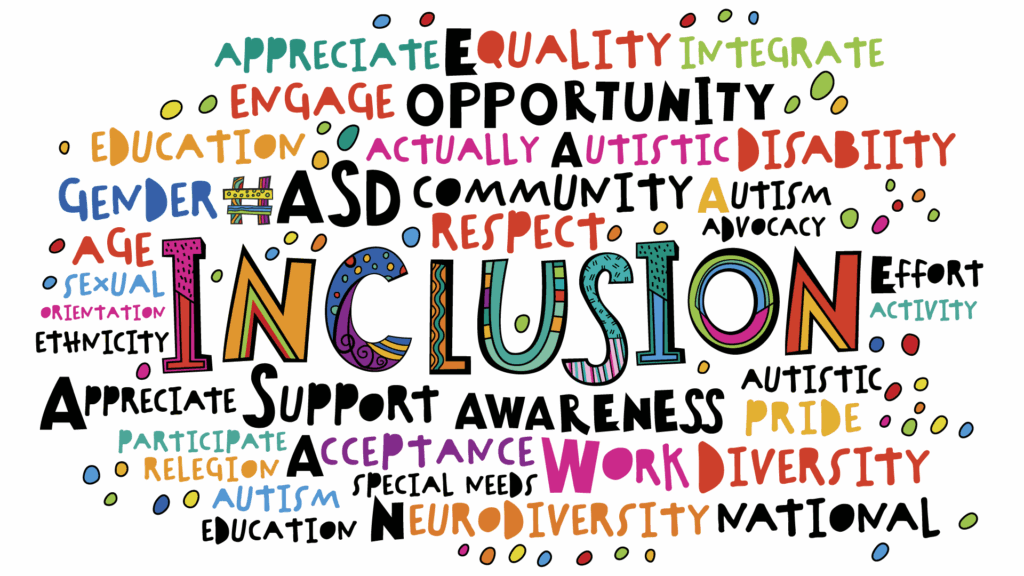Unfair Punishments: How School Discipline Disproportionately Targets Students with Disabilities
The failure of discipline systems violates the rights of students with disabilities and leads to injustices in education outcomes.

School discipline systems, ostensibly designed to maintain order and an equitable learning environment, often reveal imbalanced flaws. When it comes to students with disabilities, these systems can become instruments of exclusion, discrimination, and even abuse. Disproportionate suspensions, expulsions, and referrals to law enforcement coupled with a lack of knowledge, resources, or outright disregard for the legal protections, reflect a deeply self-sustaining entrenched bias. This systemic failure not only violates the rights of students with disabilities but also exacerbates injustices in educational and societal outcomes.
Data consistently reveals that students with disabilities face discipline at rates far higher than their peers. Data from the U.S. Department of Education shows that students with disabilities represent 17% of total K-12 student enrollment, but 24% of students who received one or more in-school suspensions, 29% one or more out of school suspensions, and 21% of those who received expulsions (CRDC). Such disparities raise urgent questions about fairness and the underlying causes of this over-representation.
Much of this disparity stems from the misinterpretation or neglect of disability-related behaviors. Instead of addressing these behaviors with appropriate evidence-based interventions and supports, many schools resort to punitive measures, which neither address the stimuli nor provide the support these students need.
Zero-tolerance policies, which mandate predetermined consequences for specific infractions, have disproportionately harmed students with disabilities. Initially implemented to curb violence and ensure safety, these policies have been criticized for their rigidity and over-reach. For students with disabilities, whose actions are often directly related to their conditions, such policies fail to account for context or intent.
Consider a student with autism who struggles with sensory overload and reacts by leaving the classroom without permission. Under a zero-tolerance framework, this behavior might lead to suspension for defiance, even though it is a manifestation of their disability. Similarly, a student with a speech impairment or learning disability may face disciplinary action for failing to comply with verbal instructions they did not understand. The system thus punishes students for behaviors beyond their control and ignores their individualized needs.
Implicit bias amongst staff also plays a significant role in the unfair treatment of students with disabilities. Stereotypes about students with disabilities can lead to discriminatory disciplinary actions. These biases often influence how teachers interpret and respond to behaviors, escalating situations unnecessarily.
In some cases, misconduct by staff exacerbates these issues. Physical restraint and seclusion are disproportionately used against students with disabilities, often as a first response rather than a last resort — more than 20 U.S. states still allow corporal punishment as behavior management (CRDC). These practices not only traumatize or severely injure students but also reflect a punitive culture that prioritizes control over understanding. Positive attention to appropriate behavior and self-regulating is much more effective in promoting positive behaviors in students with disabilities.
The Individuals with Disabilities Education Act (IDEA) and Section 504 of the Rehabilitation Act mandate that schools provide students with disabilities with appropriate accommodations and supports through IEPs and 504 Plans. However, many schools fail to adhere to these legal requirements, resulting in discipline that violate students’ rights.
For instance, an IEP might include provisions for positive behavioral interventions to address specific challenges. Rather than addressing the system’s shortcomings, the blame is often shifted onto the student, leading to punitive measures. This pattern not only undermines the intent of IDEA and Section 504 but also perpetuates cycles of exclusion and inequity.
The school-to-prison pipeline, a term used to describe policies and practices that funnel students from schools into the criminal justice system, disproportionately harms students with disabilities. Suspensions, expulsions, and referrals to law enforcement, increase the likelihood of academic disengagement and dropouts, which in turn heighten the risk of incarceration.
Students with disabilities are over-represented in school arrests and referrals to juvenile justice systems, often for minor infractions (CRDC). For example, a student with a sensory processing disorder might have a meltdown that is misinterpreted as threatening behavior, leading to school resource officer involvement. These incidents reflect not only a lack of understanding and training, but also a systemic failure to prioritize de-escalation and prevention.
To address the systemic corruption in school discipline strategies, schools must adopt a multi-faceted approach that prioritizes equity, inclusion, and accountability. Key strategies include:
Professionals must receive comprehensive training on disability awareness, implicit bias, and positive behavioral interventions. This training should emphasize de-escalation techniques and the importance of understanding disability-related behaviors in context.
Schools should replace zero-tolerance policies with restorative justice approaches that focus on repairing harm, fostering understanding, and building supportive relationships. Discipline policies must be flexible enough to account for the individual needs of students with disabilities. States should also continue to end laws allowing for corporal punishment, seclusion, and dangerous restraint practices.
Governments and advocacy organizations must ensure that schools comply with IDEA and Section 504. This includes robust monitoring and enforcement mechanisms to hold systems accountable for violations.
Schools must be equipped with the resources to meet the needs of SWD including hiring trained special education staff, providing access to mental health services, and ensuring the availability of assistive technologies.
Creating an inclusive school culture requires a commitment to valuing diversity and fostering empathy. Schools should involve students, families, and community members in decision-making processes to ensure that policies and practices reflect the needs and perspectives of all.
Schools must collect and publicly report data on disciplinary actions, disaggregated by disability, race, and other relevant factors.
Discipline systems continue to fail to support students with disabilities by perpetuating bias, neglecting legal mandates, and relying on punitive measures. Individuals within this system have a duty to be committed to equity, accountability, and inclusion. By embracing evidence-based strategies, promoting inclusive environments, and using restorative practices schools can create educational safe spaces for students with disabilities to thrive and succeed.